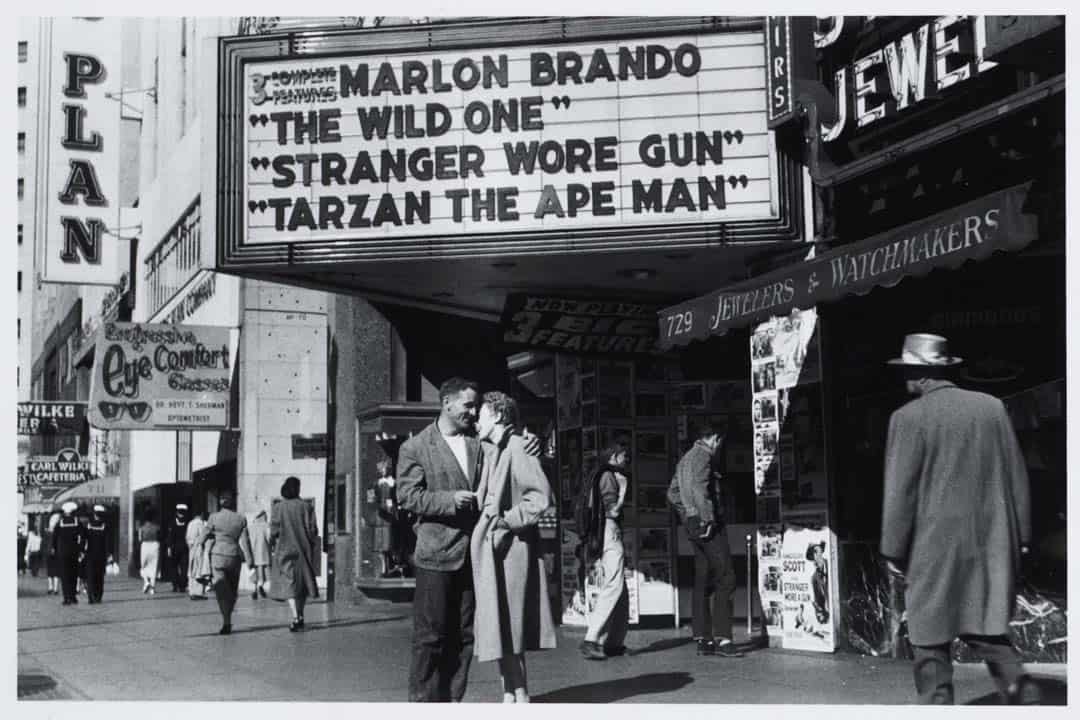A new exhibit at Thomas Fisher Rare Book Library, Fleeting Moments, Floating Worlds, and the Beat Generation: The Photography of Allen Ginsberg, portrays the life and work of the renowned poet through his personal photography.
Ginsberg, a literary icon who passed away in 1997, rose to fame through his controversial, incisive, and innovative poetry. As one of the pioneers of the Beat poetry movement and author of the classic pieces “Howl” and “Kaddish,” the discovery of Ginsberg’s personal photography in the 1980s soon became a subject of fascination among literary scholars, historians, and Beat enthusiasts.
The curator of the exhibit, John Shoesmith, combines his own passion for Beat poetry and photography to carefully curate the exhibit in a manner that not only outlines the themes of Ginsberg’s work but that provides a narrative of his life. It also highlights the influence of his artistic peers, placing his work in the broader context of the post-World War II Beat poetry movement.
The intimate setting of the dimly lit Fisher Library, along with the nature of the photographs themselves, makes the exhibition experience akin to browsing through Ginsberg’s personal photo albums. Like his poetry, the photographs capture the true essence of moments ranging from dark, sombre portraits of his grandmother to playful snapshots of his friends from college.
The exhibit is organized in a partially chronological manner and broken up by eight different ‘cases.’ They begin with an exposition of photos of Ginsberg’s family and early life before moving on to photos from his years at Columbia University, where his peers and literary influences, Jack Kerouac and William S. Burroughs, are featured.
The cases then characterize a number of photographs by their relation to Ginsberg’s most famous work, “Howl,” providing context for its inspiration, composition, and publication. These then set the stage for subsequent cases with photographs that document the height of the Beat movement, Ginsberg’s travels in the early 1960s, and his encounters with famous artists like Bono and Madonna.
Interspersed with the photographs are other artifacts that provide context for Ginsberg’s photos and poetry, including poems by William Carlos Williams and publications of Jack Kerouac’s On the Road, which are intended to represent Ginsberg’s influences and inspiration.
The exhibit continues into Fisher Library’s Maclean Hunter Room, which features the first publications of Ginsberg’s photos, as well as framed photos on the walls that spotlight Ginsberg’s experiments within the medium of photography.
In contrast to the venue of the previous cases, the natural light and airiness of the Maclean Hunter Room complement Ginsberg’s playful ‘selfies’ as well as a series of photos taken in his kitchen and of windows in his house. These collections are indicative of his interest and exploration into photography as a creative outlet apart from poetry.
While many of the photos displayed in the exhibit were basic portraits of Ginsberg’s friends and family, their significance is the insight they offer into the lives of the iconic Beat poets, artists, and musicians who existed in his social circles.
As one of the exhibit case’s labels states, Ginsberg is more accurately characterized as a documentarian rather than an artistic photographer. It is from this perspective that the exhibit becomes valuable, not for the artistry of the photos themselves but for their historical significance and their insight into one of the most creative and innovative literary minds of the modern age.
Fleeting Moments, Floating Worlds, and the Beat Generation: The Photography of Allen Ginsberg will run at Thomas Fisher Rare Book Library until April 27.


